Peru: Ancient History and Adorable Alpacas
If you’re like me, you’ve had the famous Machu Picchu in Peru on your bucket list for ages.
To me, Peru immediately evokes Indiana Jones’ styled adventures in ancient temples and thick jungles.
When we checked out this Marca Peru movie trailer-styled video, I was surprised by the depth of history and culture in Peru and how this has made an impact on the modern landscape that exists today.
Of course, being the travel geek that I am, the video immediately led to a couple of hours of research on Peru. I’m a little embarrassed to admit that I knew so little about the country. It turns out that Peru has a deeply interesting culture and history.
It doesn’t hurt that I also found out that Peru’s cuisine is often rated the best in South America. Add to that some great luxurious hotels, and I’m in.
Here are some of the coolest tidbits I discovered about Peru.
12 Cool Facts about Peru
1. The oldest city in the Americas is the sacred city of Caral a few hours north of Lima, the capital. Caral was built around 2500 BC, and covers around 626 acres.
2. The Inca civilization that built the famous Machu Picchu lasted barely 100 years (1438–1532). Before the Incas, Peru was occupied by many cultures, including the Kotosh, Chavin, Paracas, Lima, Nasca, Moche, Tiwanaku, Wari, Lambayeque, Chimu, Chincha, and the Paracas.
3. The first evidence of humankind in Peru dates back 11,000 years, based on hunting tools found in caves.
4. Peru is home to the enigmatic Nazca lines, massive ancient drawings drawn on the earth of the Nazca Desert in southern Peru. The lines depict everything from animals like monkeys and lizards, to simple geometric shapes. The biggest of the figures are 200 metres (660 ft) across. Contrary to popular belief, the Nazca lines are actually visible from the surrounding foothills, although there’s a common myth that they can only be seen from the air.
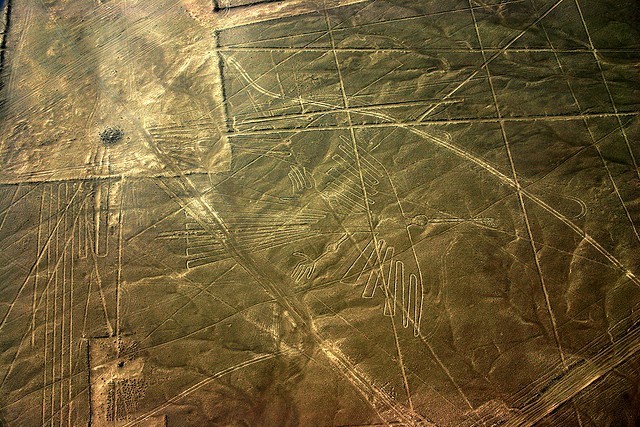
5. Peru has 11 UNESCO Heritage sites, with 8 more submitted for consideration.
6. The walls of Sacsayhuaman in Cusco have remained solid through centuries, lasting through earthquakes that flattened many colonial buildings. The zig-zag shaped walls are made of massive boulders shaped to fit precisely together. No mortar holds them together.
7. Pottery made by craftsmen of the Moche civilization (200 BC-700 AD) is known today as some of the most realistic and whimsical in the world. Some of the most interesting of this pottery is, well, a bit naughty. This being a family blog, we’ll leave it at that.
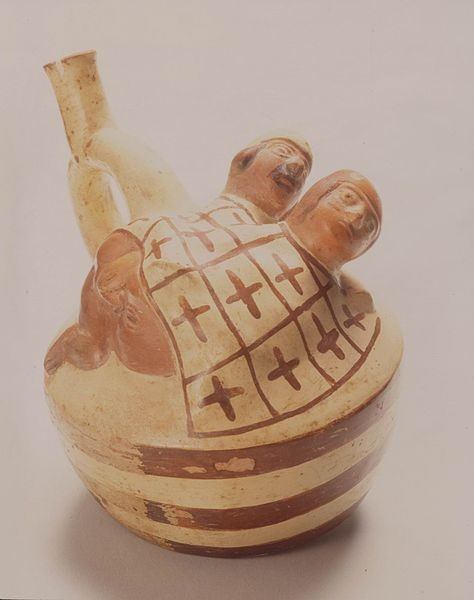
8. Peru has 28 out of 32 of the world’s climates, ranging from the hot and humid Amazon rain forest to the varying temperatures of the Andean highlands.
9. The potato originated in Peru. It was first domesticated 7,000 to 10,000 years ago, but only made its way to the Europe, via the Canary Islands, in 1567.
10. The mighty Amazon river originates in a trickle of water coming from melting snow at the mountain of Nevado Mismi high in the Peruvian Andes.
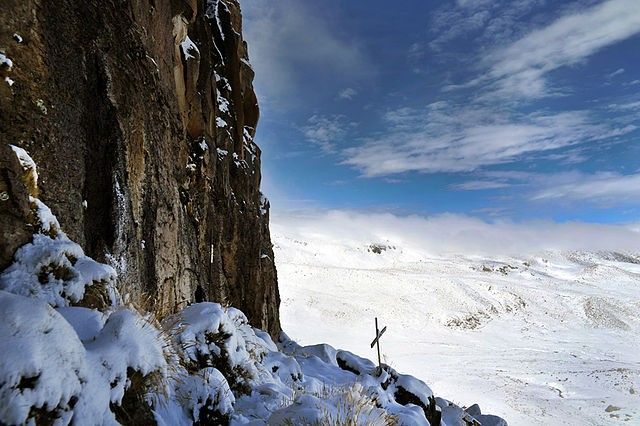
11. Once a food of ancient Peruvians, guinea pig (cuy) is now only commonly eaten during festivals or events. It is served whole, with the head and feet intact. Pre-Incan cultures sometimes buried their dead with whole guinea pigs, perhaps for food in the afterlife.
12. Peru has alpacas and llamas. They made the list just because they’re cute.
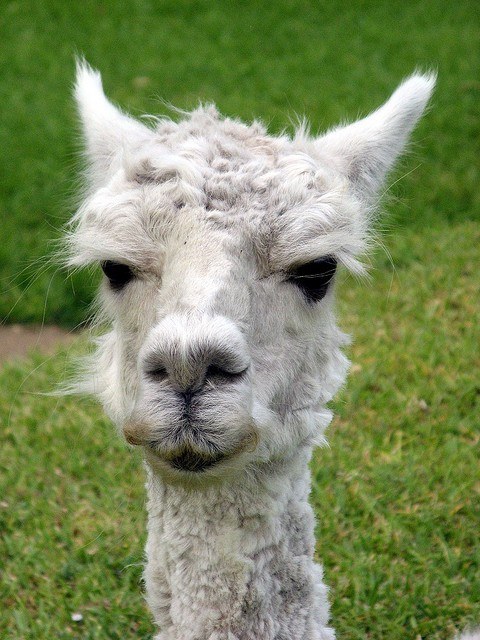
This is a sponsored post.




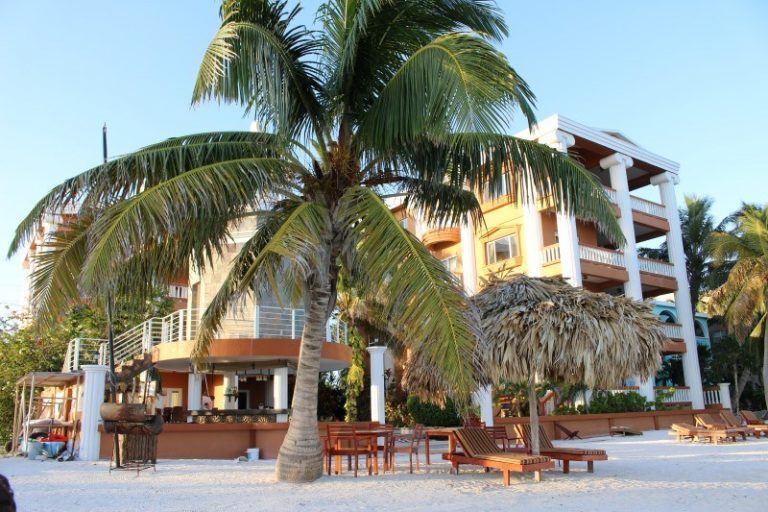
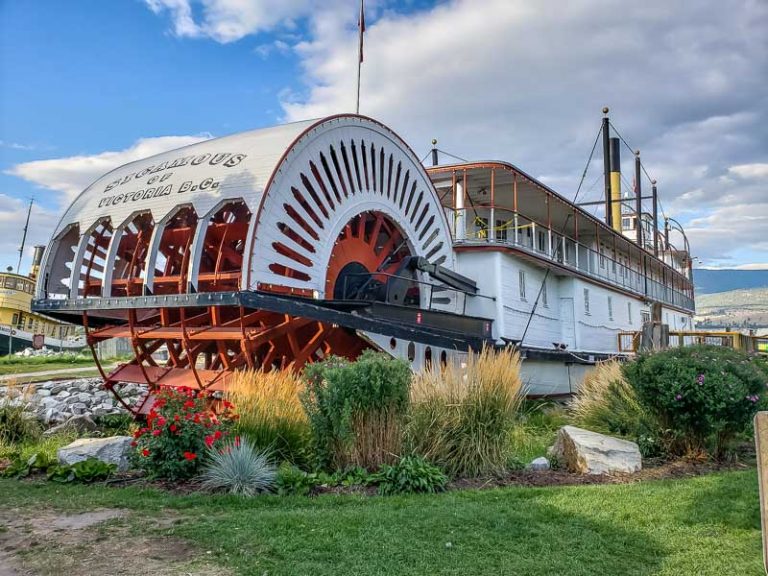
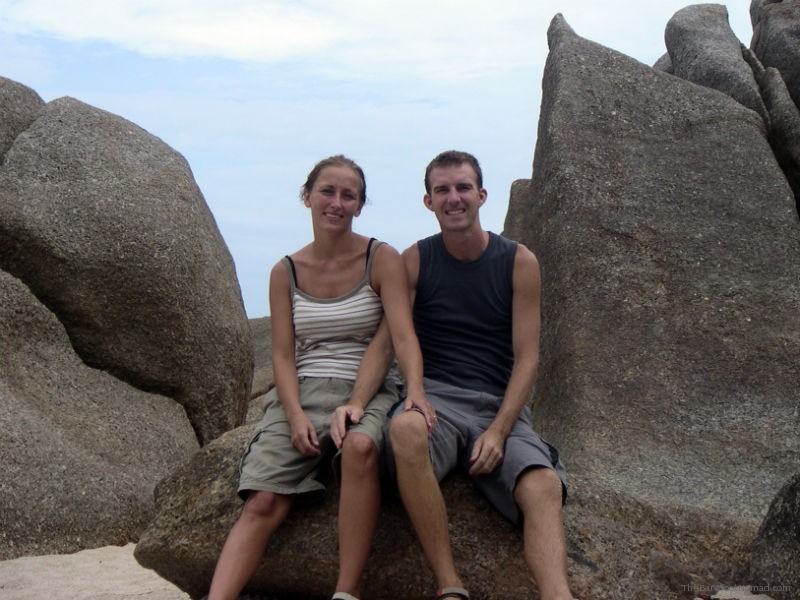
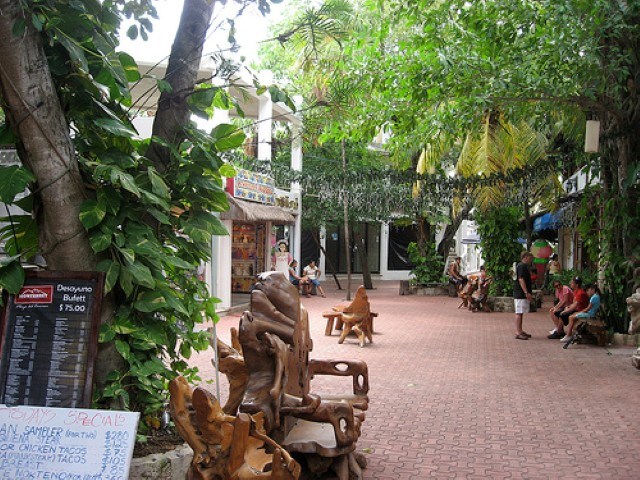
Peru should definitely be on the bucket list of every family with kids! We’ve been there many times and even hiked the short 2 days Inca Trail with our little baby. And can I say I simply love that alpacas made the list just because they’re cute? My kids absolutely adore them and that’s why I even wrote an article on the difference between llamas and alpacas with fun facts for kids! Have a look if you want 🙂
I must admit, even after living more than a year in Peru, I didn’t know about the fact that the Amazon rivers originates from trickle of water coming from melting snow at the mountain of Nevado Mismi. That is impressive and I feel a little ashamed of my ignorance 🙂 Thank you for putting’ that into the list.
Aaand I love that alpacas and llamas made the list just because they’re cute. I totally agree with you on that! I spent most of time in Peru living in Cusco and I fell in love by their beautiful flurry faces. Seen a lot of cutie alpacas on a Lares trek to Machu Picchu.